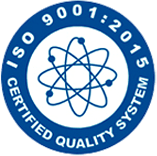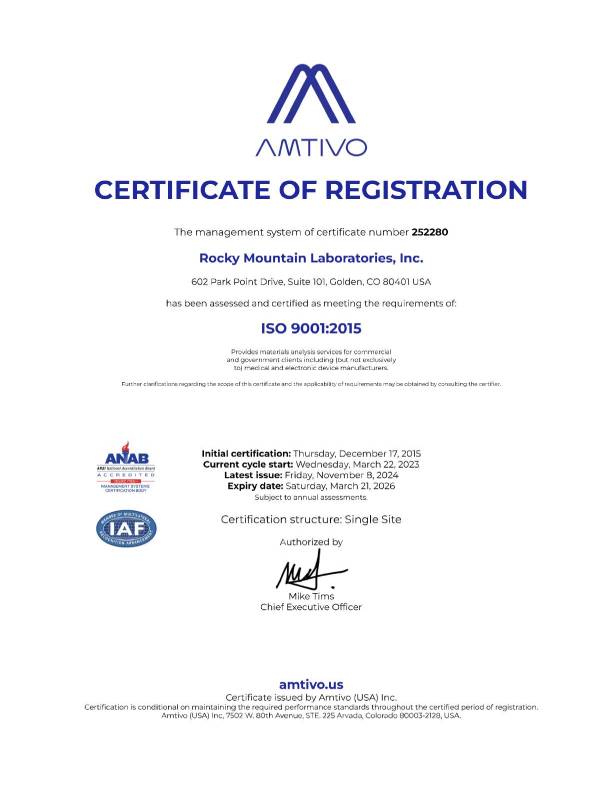FTIR (Fourier-Transform Infrared) spectroscopy and HPLC (High-Performance Liquid Chromatography) are two analytical techniques used in chemistry and related fields, but they serve different purposes and provide distinct types of information. Here are the key differences between FTIR and HPLC:
Purpose and Information Obtained:
- FTIR Spectroscopy: FTIR is a spectroscopic technique that measures the absorption of infrared light by molecules. It provides information about the vibrational and rotational modes of chemical bonds within a sample. FTIR is used to identify and characterize chemical compounds, determine functional groups, and study the chemical structure and composition of materials. It is especially useful for analyzing the molecular structure of organic and inorganic compounds.
- HPLC (High-Performance Liquid Chromatography): HPLC is a chromatographic technique used for the separation, identification, and quantification of chemical compounds in a mixture. It is particularly well-suited for the analysis of complex mixtures and is commonly used in pharmaceuticals, food and beverage testing, environmental monitoring, and many other fields. HPLC separates compounds based on their chemical properties and can provide quantitative data on the concentration of each component in a sample.
Sample Types:
- FTIR Spectroscopy: FTIR can be used to analyze a wide range of samples, including liquids, gases, and solids. It is versatile and applicable to various types of compounds, from small organic molecules to polymers and biomolecules.
- HPLC: HPLC is primarily used for the analysis of liquid samples, particularly complex mixtures. It is commonly employed for the analysis of drugs, natural products, environmental contaminants, and biomolecules like proteins and nucleic acids.
Separation vs. Spectroscopy:
- FTIR Spectroscopy: FTIR does not involve separation of compounds. It analyzes the entire sample at once and provides information about the chemical composition and structure of the entire sample.
- HPLC: HPLC is a separation technique that separates individual compounds within a mixture based on their interactions with a stationary phase (e.g., a column) and a mobile phase (the liquid solvent). It allows for the isolation and quantification of individual components in a mixture.
Instrumentation:
- FTIR Spectroscopy: FTIR instruments use interferometers to measure the absorption of infrared radiation by a sample. They are equipped with detectors that capture the infrared spectrum.
- HPLC: HPLC instruments consist of pumps, columns, detectors, and other components necessary for liquid chromatographic separations. They often include detectors such as UV-visible, fluorescence, or mass spectrometers to identify and quantify compounds eluting from the column.
Applications:
- FTIR Spectroscopy: FTIR is used in various fields, including chemistry, materials science, pharmaceuticals, forensic science, and polymer science. It is valuable for structural analysis and quality control.
- HPLC: HPLC is widely used in pharmaceutical analysis (e.g., drug formulation), environmental analysis (e.g., pesticide detection), food and beverage testing (e.g., determining food additives), and clinical chemistry (e.g., measuring drug concentrations in blood samples).
FTIR spectroscopy and HPLC are complementary analytical techniques used for different purposes. FTIR provides information about the chemical structure and composition of a sample, while HPLC separates and quantifies individual compounds within mixtures. Researchers select the technique that best suits their specific analytical needs and the type of information they seek to obtain.



